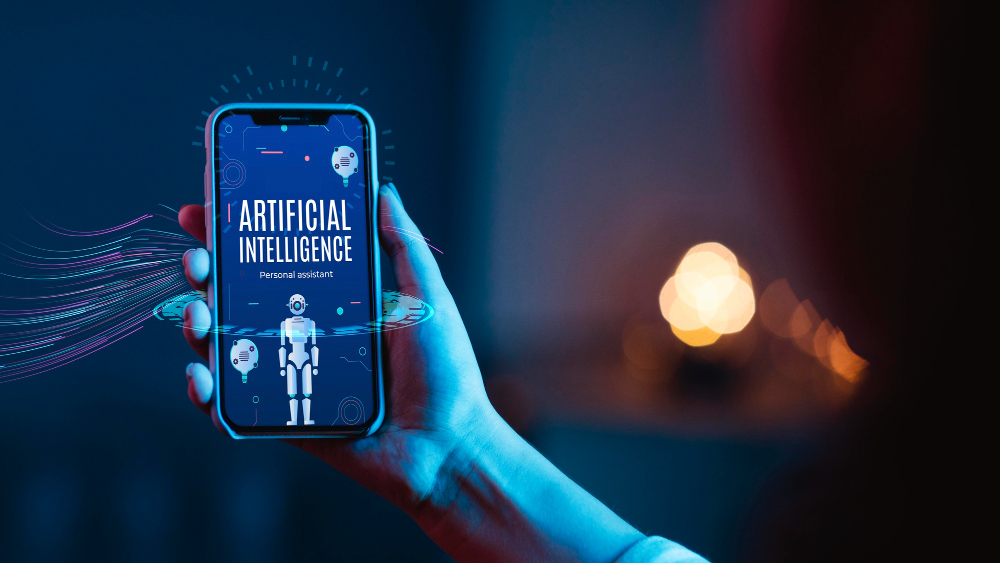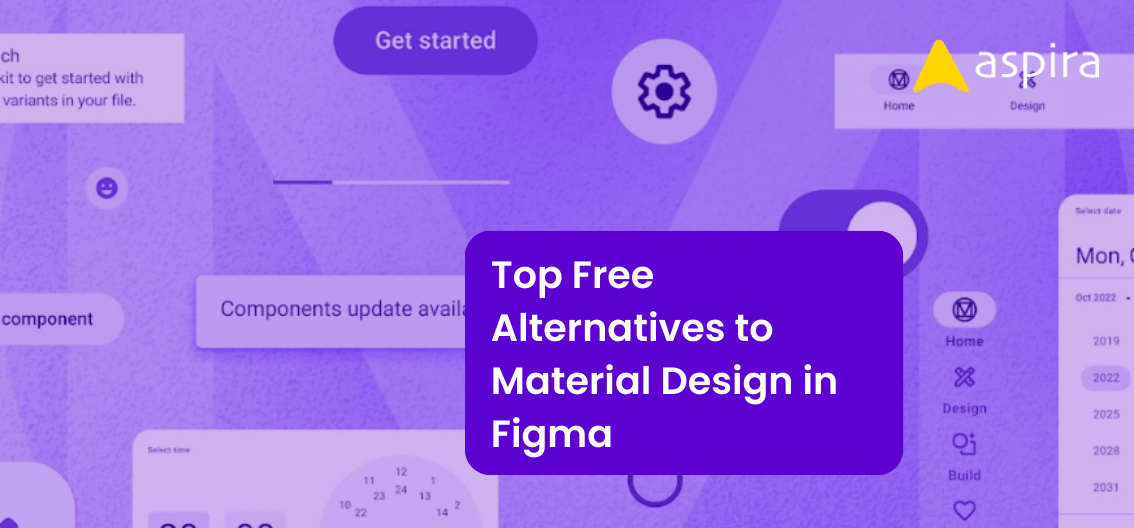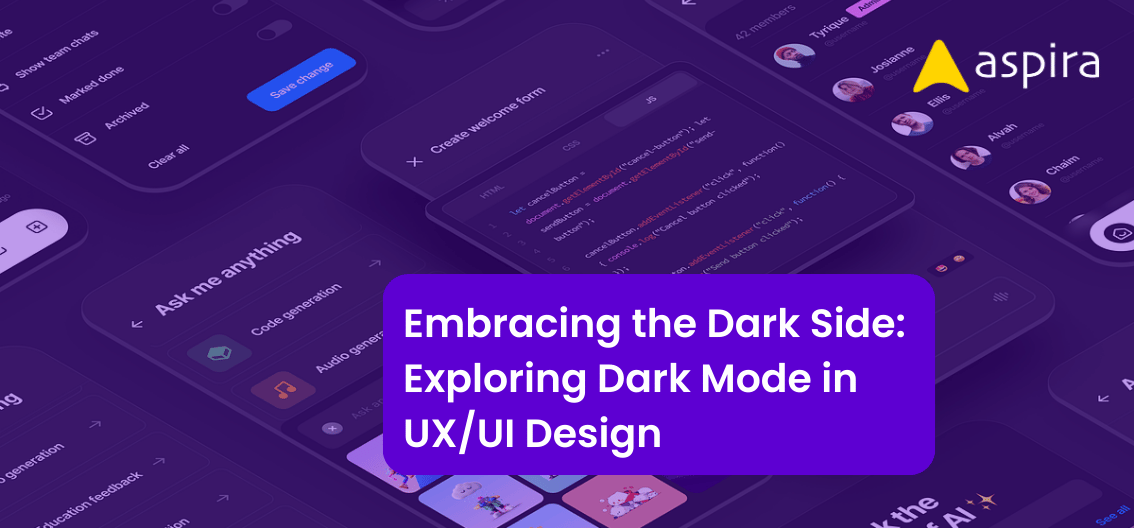UX Design - Mentor & Author.
13 Dec, 2023

Artificial intelligence (AI) is rapidly reshaping the world of work, and UX design is no exception. AI tools are already automating specific tasks in the UX design process, such as generating wireframes and prototypes. You may have seen videos where a simple prompt results in entire UI screens (though these are not real, just images). With the ongoing advancement of AI technology, it’s natural to wonder whether AI will eventually replace UX designers altogether. In this article, we will explore the capabilities and limitations of AI to gain insight into whether AI might replace UX designers.
What can AI do in UX design?
AI can be used to automate a variety of tasks in the UX design process, including:
-
Data-driven decision-making:
AI can quickly and efficiently analyze the data we provide, extracting valuable insights about how users interact with your website or app. We can then use these insights to make informed decisions about the layout, content, and overall user experience, ensuring that the digital product meets the needs and preferences of your target audience.
-
Generating wireframes and prototypes:
AI tools can analyze user data and generate wireframe
s and prototypes based on that data. This can help UX designers to quickly explore different design options and get feedback from users early in the design process.
-
Analyzing user data:
AI tools can be used to analyze user data, such as click-through rates and heatmaps, to identify areas where a design can be improved. This can help UX designers to make more informed design decisions.
-
Suggesting design improvements:
AI tools can be used to suggest design improvements based on user data and design best practices. This can help UX designers to identify potential problems with their designs and make them more user-friendly.
-
Accessibility Improvements:
AI tools can identify and rectify accessibility issues within designs, ensuring that products are more inclusive and accommodating to users with disabilities.
What can’t AI do in UX design?
Despite its capabilities, AI is not yet able to replace UX designers altogether. AI tools still lack the creativity, empathy, and critical thinking skills that are essential to effective UX design. For example, AI tools cannot:
-
Creativity and Innovation:
AI lacks the human capacity for creativity and innovation. It can generate designs based on existing data and patterns but struggles to invent entirely new and groundbreaking ideas. Innovative and unique design solutions often require human imagination.
-
Understand the needs of users:
AI tools can analyze user data, but they cannot understand the needs of users in the same way that a human can. UX designers need to be able to empathize with users and understand their pain points in order to design solutions that meet their needs.
-
User Research and Qualitative Insights:
AI primarily relies on quantitative data analysis. While it can provide valuable quantitative insights, it cannot replace the nuanced qualitative insights gained from methods like user interviews and ethnographic research, which are essential for truly understanding user needs and behaviors.
-
Ethical Considerations:
AI is only as ethical as the data it is trained on. Biases present in training data can inadvertently be incorporated into designs, potentially perpetuating discrimination or exclusion. Human designers play a vital role in ensuring that designs are ethically sound and inclusive.
The future of AI in UX design
In the future, AI will become more important in UX design, but it won’t replace UX designers completely. Instead, AI and UX designers will team up to make user experiences even better. AI tools can help by doing some tasks and suggesting design ideas. This lets UX designers focus on more creative and important work. For example, they can use AI to quickly make basic designs, leaving more time for testing and improving their work.
But UX designers must also watch out for AI biases. AI learns from data, and if the data is biased, AI can be biased too. UX designers need to find and fix these biases to make sure everyone has a fair and inclusive user experience. In the end, AI is a helpful tool for UX design, but it can’t replace human designers. UX designers still need to understand users, come up with new design ideas, and make good ethical decisions. These are things AI can’t do.

Conclusion
Now, I leave the answer to you: Will AI replace UX designers? It entirely depends on the UX designer. A designer who becomes skilled at using these tools will thrive in the long run. So, consider giving AI tools a try at least once to understand where you can save time in your design process. Saving time can lead to more availability for additional work or show that you’re a fast and high-quality designer. If you’re concerned about AI replacing designers, remember, it’s ultimately up to you. Embrace working with AI tools, and you’ll secure your place in the field.
Will AI Replace UX Designers?


